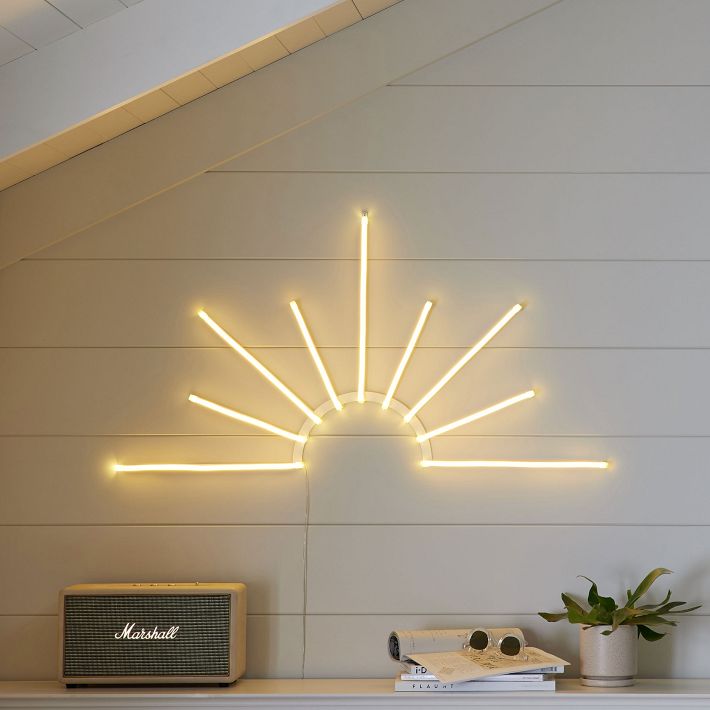Maximizing Visual Effect Through Strategic Material Scheduling in Light Emitting Diode Wall Execution
Wiki Article
Enhancing visual impact during light-emitting diode screen performances requires careful preparation plus tactical content scheduling. LED walls are powerful tools in visual storytelling, often used in concerts, events, and displays. The effectiveness of these displays relies not only on the quality of the visuals but also upon the manner plus timing they are shown. By understanding the audience's attention duration plus the rhythm of the occasion, event planners can craft a more captivating encounter that enthralls spectators plus improves the total performance.
One key aspect of tactical visual timing is scheduling. It is vital to synchronize the images to the beat and pace of the show. For example, in the course of a music show, visuals should complement the beat and atmosphere of the melody. This alignment aids to forge a unified encounter that pulls the audience in. Additionally, it is important to consider the duration of each visual clip. Brief, striking segments can sustain viewer interest, while longer images may be suitable for moments of reflection or emotional bonding. By altering the length and intensity of the visuals, organizers can maintain the viewers interested during the show.

Another crucial element is the content in question. The visuals displayed on the LED wall should be pertinent to the theme of the performance. This relevance aids to reinforce the narrative being conveyed plus renders the experience more memorable for the viewers. For example, if the show is about environmental awareness, using visuals that illustrate nature and wildlife can amplify the message. Furthermore, incorporating dynamic led wall content management for non profits features, such as animations or engaging graphics, can add excitement and maintain the viewers' focus. The appropriate material, shown at the appropriate moment, can significantly elevate the impact of the performance.
Audience engagement is also a crucial factor in visual timing. Comprehending the demographics and preferences of the viewers can inform the choice of images. For instance, a youthful crowd may react better to bright hues and fast-paced animations, while an mature audience might appreciate more subtle and sophisticated visuals. By tailoring the material to the audience's interests, organizers can create a more personalized experience that connects with spectators. Additionally, incorporating audience participation, such as live polls or social interactions, can further enhance engagement and make the performance more interactive.
Finally, assessing the efficacy of the content scheduling is essential for upcoming performances. Gathering feedback from the audience can offer insightful insights into what worked well plus what could be enhanced. This data can assist event planners improve their approaches and make informed decisions for upcoming events. By continuously evaluating and modifying the visual timing strategy, event planners can maximize the visual impact of light-emitting diode wall shows plus create unforgettable experiences for their audiences.